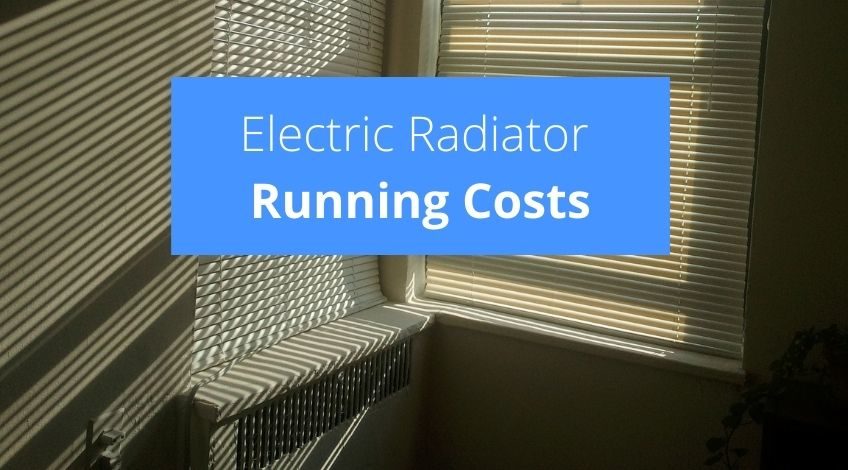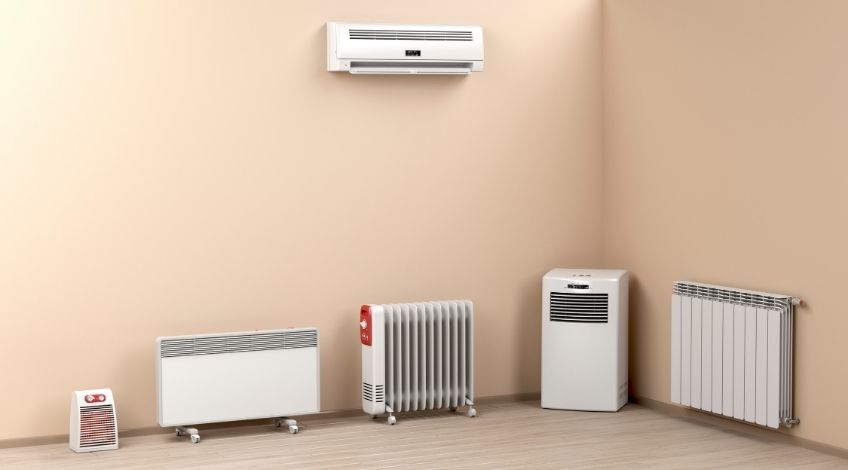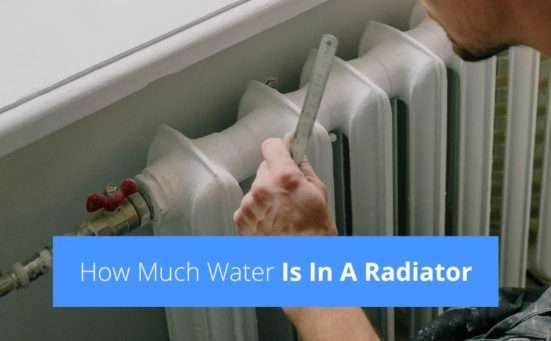
How Much Does An Electric Radiator Cost To Run?
After the initial purchase costs, there are generally no maintenance costs involved with electric radiators, just running costs. To calculate how much it costs to run an electric radiator, you need to know, the cost per unit of electricity and the total wattage used. The wattage is the amount of power going into the radiator and is usually in kilowatts.
The cost per unit of electricity varies from supplier to supplier and which type of deal you have. Other factors that can affect the price is the size of the room, how much insulation your home has etc. The way radiators use electricity is different from the way other household electrical devices use electricity.
Not All Electrical Devices Use The Same Amount Of Energy

For example, let’s look at a TV that uses 500 watts of power. The TV uses that power the entire time it’s switched on, so you get a constant rate of power usage. An electric radiator using the same 500 watts of power will have a thermostatic controller, which will turn the power off once the set level is achieved. And turn back on once the temperature drops below that level.
So the radiators power demand is intermittent and not constant. So how can we work out how much it costs to run an electric radiator? There is a mathematical formula to give us a basic running cost.
How To Calculate The Running Costs Of An Electric Radiator
The formula looks like this, radiator output in kilowatts x hours of use x pence per kilowatt-hour = daily running cost in pence. So just as an example let’s say we have a room with an 800-watt radiator that’s used for 6 hours per night. We can work out the kilowatts per hour (KW/h) by dividing the watts by 1000 which in this case gives us 800 watts divided by 1000 = 0.8 kilowatt.
To work out total power usage multiply kilowatts by the time, in this case, 0.8-kilowatt x 6 hours = 4.8 kilowatts per hour. Then we need the charge per unit of electricity, this varies from company to company and whichever deal you’re on. Let’s assume it’s 16p per KW/h, now just multiply that by the kilowatts per hour to get the total running cost per day.
0.8x6x16=76.8
That’s 0.8 kilowatts x 6 hours usage x 16 pence per kilowatt/hour =76.8 pence per day. But that’s not the whole picture, remember the thermostat? Well in doing this calculation we’ve assumed that the radiator is constantly using 0.8 kilowatts. But it’s not, once it reaches the desired temperature, it cuts out and only cuts in again when the temperature drops.
Electric Radiators Estimated Running Costs
As a result of that thermostatic control, the daily cost will be less than the total from our calculation. If for example the radiator was only actually running for ¼ of the time estimated, the actual cost would be 19.2 pence per day.
76.8 divided by 4 = 19.2 pence per day
If the radiator was only running for ½ the time that would cost 38.4 pence per day and so on. So it’s good news all round, the calculation gives you an estimated power usage based on all figures known, and over-estimates on the actual cost.
Conversion Chart For Turning Watts Into Kilowatts
| Watts | Kilowatts |
|---|---|
| 800 watts | 0.8 kilowatt |
| 1000 watts | 1 kilowatt |
| 1200 watts | 1.2 kilowatts |
| 1400 watts | 1.4 kilowatts |
| 1600 watts | 1.6 kilowatts |
| 1800 watts | 1.8 kilowatts |
| 2000 watts | 2 kilowatts |
| 2200 watts | 2.2 kilowatts |
| 2400 watts | 2.4 kilowatts |
| 2500 watts | 2.5 kilowatts |
| 2800 watts | 2.8 kilowatts |
| 3000 watts | 3 kilowatts |
And so on.
Choosing An Electric Radiator
If you’re considering buying an electric radiator, we’ve put together an in depth article that explains everything you need to know before purchasing. Click here to be taken to the guide.
Frequently Asked Questions
Electric radiators can be expensive to run, but the modern, energy-efficient models can work out cheaper to run than standard heaters.
The cheapest electric radiator to run is a halogen heater.
The most economical form of electric heating is halogen heating for radiant heat, but oil-filled are the cheapest convection heaters because they are thermostatically controlled.
All plug-in radiators use the same amount of electricity relative to power input. For instance, 800 watts will use 800 watts and so on.
Oil radiators are cheap to run and energy-efficient.
The cheapest way to heat your house with electric is by using infrared panels.
It is not cheaper to maintain a constant temperature because if the heating is running, it’s using power.
You can make your electric radiator more efficient by programing it correctly and mounting it on the wall.
It is not cheaper to have the heating on low all the time because you are constantly using power. It’s better and cheaper to turn the heating on when you need it.
Also, follow us on Pinterest ...



